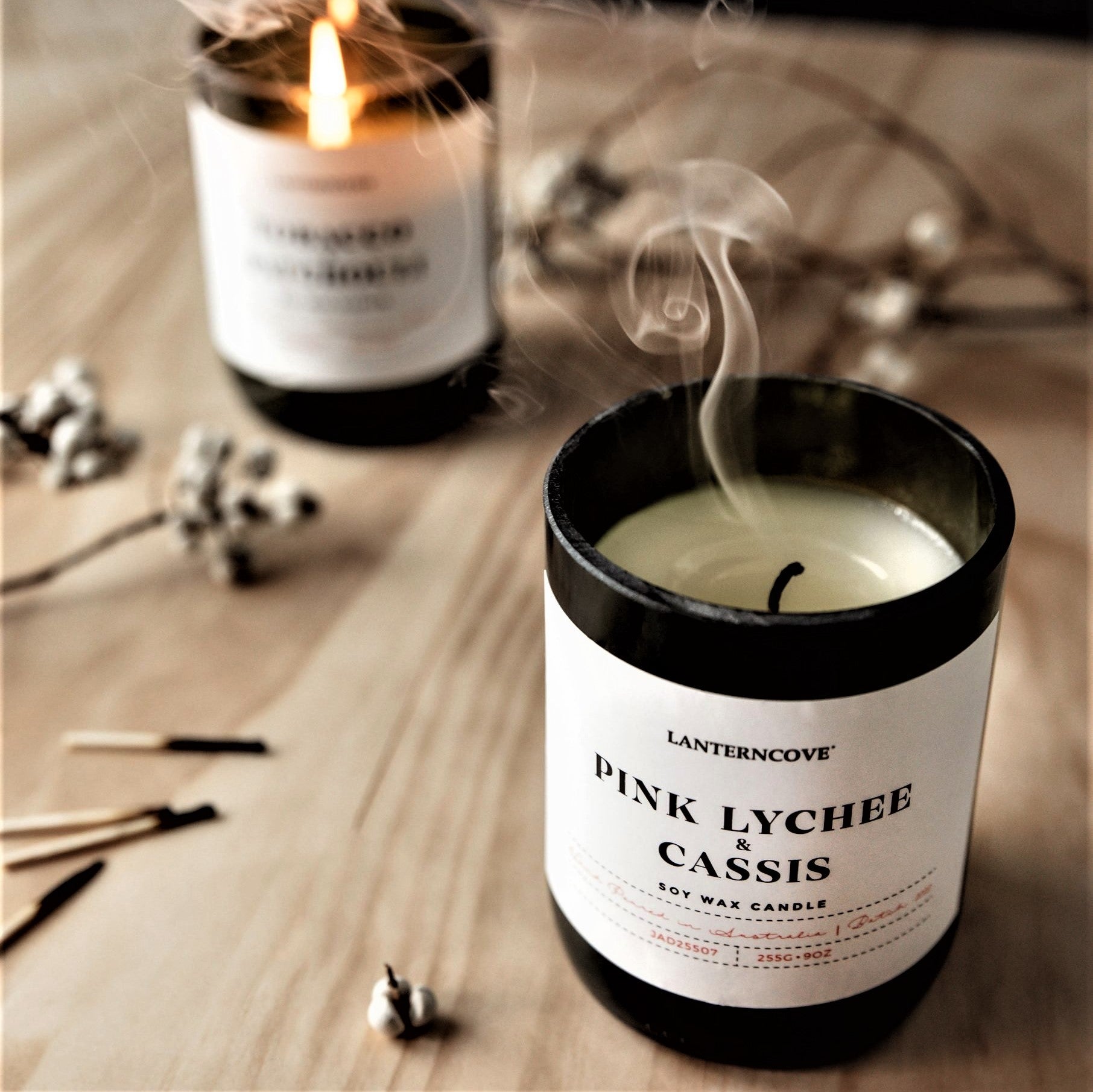Shop Sustainable Soy Wax Candles and Home Fragrance Collections
From Wick to Wax: Recognizing the Chemistry Behind Soy Wax Candles and Their Ecological Impact
As we brighten our rooms with the cozy radiance of candle lights, there exists a realm of detailed chemistry behind the relatively straightforward act of lighting a soy wax candle. Join us as we decipher the scientific details behind soy wax candles and explore their ramifications on our atmosphere.
Soy Wax Vs. Paraffin Wax
When comparing soy wax and paraffin wax for candle production, it is necessary to recognize the unique attributes and benefits of each material. Soy wax is a natural, sustainable resource stemmed from soybean oil, making it eco-friendly and environmentally friendly - soy candles. In comparison, paraffin wax is a result of oil refining, which increases worries concerning its environmental influence and sustainability
Soy wax candles shed cleaner and send out much less residue compared to paraffin wax candles, making them a healthier selection for interior air high quality. Additionally, soy wax has a lower melting factor, enabling a longer-lasting candle light that disperses fragrance a lot more effectively. Paraffin wax, on the various other hand, tends to melt faster and much less easily, possibly launching dangerous chemicals right into the air.
From a sustainability point of view, soy wax is preferred for its biodegradability and sustainable sourcing, aligning with the growing consumer preference for ecologically conscious products. While paraffin wax has actually been a typical option in candle making because of its cost and convenience of usage, the shift in the direction of green options like soy wax is getting momentum in the sector.
Chemical Make-up of Soy Wax

Combustion Process in Soy Candles
The chemical composition of soy wax directly affects the burning process in soy candles, influencing variables such as melt time, fragrance release, and ecological effect. When a soy candle is lit, the heat from the fire thaws the wax near the wick. This liquid wax is after that attracted up the wick because of capillary action. As the fluid wax reaches the flame, it vaporizes and undertakes combustion. The combustion procedure involves the vaporized hydrocarbons in the wax responding with oxygen airborne to produce heat, light, water vapor, and carbon dioxide.
The combustion effectiveness of soy candle lights is affected by the purity of the soy wax and the quality of the wick. A clean-burning soy candle light with an effectively sized wick will lessen and produce a constant fire residue development. This not just expands the shed time of the candle light but likewise improves the launch of scents. Furthermore, soy wax i thought about this candles have a lower ecological effect compared to paraffin candles as a result of their naturally degradable and eco-friendly nature.

Environmental Benefits of Soy Wax

Taken into consideration a lasting choice to traditional paraffin wax, soy wax offers notable environmental benefits that make it a preferred selection amongst eco-conscious customers. One considerable advantage of soy wax is its sustainable sourcing. Soy wax is originated from soybean oil, which is primarily cultivated in the United States. The cultivation of soybeans helps support regional farmers and lowers the dependence on non-renewable fossil gas utilized in paraffin wax production. Additionally, soy wax is biodegradable, meaning it damages down naturally without releasing hazardous toxins into the setting. This characteristic makes soy wax candles a more eco friendly alternative compared to paraffin wax candles, which are made from oil, a non-renewable source. Additionally, soy wax burns cleaner and generates much less soot than paraffin wax, adding to far better indoor air top quality and reducing the requirement for cleaning and upkeep. On the whole, the ecological benefits of soy wax align with the expanding demand for sustainable and eco-friendly products out there.
Recycling and Disposal Factors To Consider
Reusing and proper disposal of soy wax candles play a vital duty in keeping ecological sustainability and lowering waste in houses and areas. When it comes to reusing soy wax candle lights, the very first step is to ensure that the candle has actually melted entirely.

In regards to disposal, if recycling is not a choice, soy wax candles are eco-friendly and can find more info be securely dealt with in many home waste systems. It is always recommended to examine with regional recycling centers or waste management solutions for details guidelines on candle disposal to ensure correct handling and environmental protection.
Conclusion
In verdict, the chemistry behind soy wax candles reveals their ecological advantages over paraffin wax candle lights. Soy wax, originated from soybean oil, burns cleaner and creates much less soot when compared to paraffin wax. The combustion process in soy candle lights is extra effective, causing a longer and more even melt. Furthermore, soy wax is eco-friendly and eco-friendly, making it a more sustainable selection for candle production. Reusing and proper disposal of soy wax candle lights further add to their environmental effect.
When contrasting soy wax and paraffin wax for candle production, it is essential to recognize the distinct attributes and advantages of each material (soy wax candles).Soy wax candle lights melt cleaner and emit much less residue contrasted to paraffin wax candles, making them a healthier option for interior air quality.Taken into consideration a lasting option to traditional paraffin wax, soy wax offers significant ecological benefits that make it a prominent selection among eco-conscious consumers. Soy wax burns cleaner and produces less soot than paraffin wax, contributing to better indoor go to my site air quality and decreasing the requirement for cleansing and upkeep.In final thought, the chemistry behind soy wax candles exposes their environmental advantages over paraffin wax candles